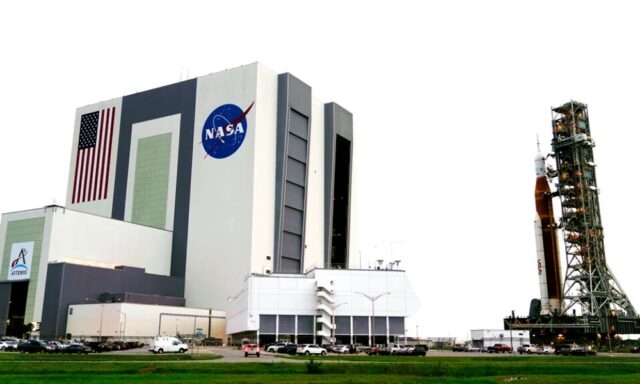Washington: NASA has managed to avoid the expected large-scale layoffs, possibly saving hundreds of jobs. The space agency confirmed this after conducting a detailed workforce evaluation.
NASA collaborated with the Office of Personnel Management to review staffing needs. This effort aimed at determining necessary job cuts while maintaining efficiency.
Workforce Evaluation
Probationary employees, typically hired within the last year, will face performance-based or voluntary job cuts. Unlike other agencies, NASA will not enforce widespread layoffs.
Some federal agencies implemented blanket job reductions, removing all probationary employees. However, NASA will assess each worker individually based on performance standards.
“The agency will continue monitoring employee performance to ensure efficiency,” NASA stated. This policy aligns with agency guidelines and federal workforce management goals.
Resignation Program
Approximately 5% of NASA’s workforce opted for the deferred resignation program. This initiative, introduced by the Trump administration, allows employees to resign while receiving pay through September.
NASA employs nearly 18,000 people, meaning around 900 workers accepted this offer. This group includes some probationary employees who voluntarily stepped down.
An anonymous NASA employee expressed concerns about intellectual property issues. If employees remain on payroll post-resignation, the impact on patents remains unclear.
Industry Concerns
NASA had around 1,300 probationary employees, sparking alarm within the space industry. The possibility of mass layoffs created uncertainty for ongoing space exploration projects.
Casey Dreier, head of space policy at Planetary Society, warned of significant setbacks. He emphasized that losing 1,000 experts would be NASA’s largest involuntary workforce reduction since Apollo’s end.
NASA’s Apollo program saw mass layoffs when lunar missions concluded. However, Dreier pointed out that the Artemis program is currently expanding for future moon landings.
Artemis Program
NASA is preparing for its Artemis mission, aiming to return astronauts to the moon. The program’s current timeline targets a lunar landing by mid-2027.
During the Apollo era, NASA employed over 35,000 people at its peak. Unlike Apollo, Artemis will outsource much of its work to private companies under fixed-price contracts.
Future Challenges
NASA officials have assured that workforce management remains a priority. The agency is focusing on ensuring continued efficiency while maintaining its scientific goals.
As NASA moves forward, the balance between cost-cutting and mission success remains crucial. The space community continues to watch developments closely.











